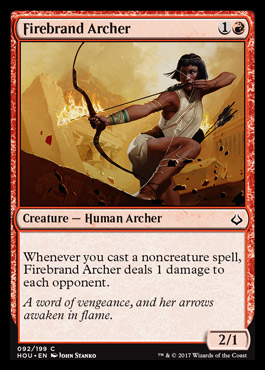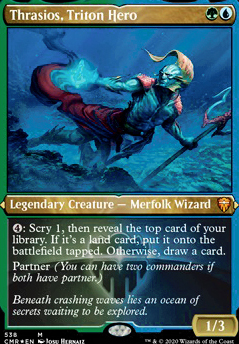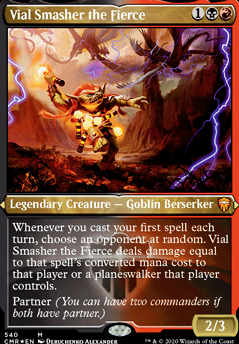Instant (27)
- 1x Ad Nauseam
- 1x Brainstorm
- 1x Cabal Ritual
- 1x Chain of Vapor
- 1x Cyclonic Rift
- 1x Dark Ritual
- 1x Dispel
- 1x Dramatic Reversal
- 1x Flash
- 1x Flusterstorm
- 1x Force of Will
- 1x High Tide
- 1x Hurkyl's Recall
- 1x Lightning Bolt
- 1x Lim-Dul's Vault
- 1x Mana Drain
- 1x Mental Misstep
- 1x Mystical Tutor
- 1x Nature's Claim
- 1x Noxious Revival
- 1x Pact of Negation
- 1x Pyroblast
- 1x Retract
- 1x Summoner's Pact
- 1x Swan Song
- 1x Vampiric Tutor
- 1x Worldly Tutor
Creature (6)
- 1x Baral, Chief of Compliance
- 1x Firebrand Archer
- 1x Notion Thief
- 1x Protean Hulk
- 1x Sylvan Safekeeper
- 1x Tandem Lookout
Enchantment (5)
Land (28)
- 1x Ancient Tomb
- 1x Arid Mesa
- 1x Badlands
- 1x Bayou
- 1x Bloodstained Mire
- 1x Breeding Pool
- 1x City of Brass
- 1x Command Tower
- 1x Flooded Strand
- 1x Gemstone Caverns
- 4x Island
- 1x Mana Confluence
- 1x Marsh Flats
- 1x Misty Rainforest
- 1x Polluted Delta
- 1x Scalding Tarn
- 1x Steam Vents
- 1x Taiga
- 1x Tropical Island
- 1x Underground Sea
- 1x Verdant Catacombs
- 1x Volcanic Island
- 1x Watery Grave
- 1x Windswept Heath
- 1x Wooded Foothills
Sorcery (12)
Commanders (2)
Artifact (20)
- 1x Astral Cornucopia
- 1x Candelabra of Tawnos
- 1x Chrome Mox
- 1x Engineered Explosives
- 1x Everflowing Chalice
- 1x Grim Monolith
- 1x Isochron Scepter
- 1x Jeweled Amulet
- 1x Lion's Eye Diamond
- 1x Lotus Petal
- 1x Mana Crypt
- 1x Mana Vault
- 1x Mox Amber
- 1x Mox Diamond
- 1x Mox Opal
- 1x Paradox Engine
- 1x Sensei's Divining Top
- 1x Sol Ring
- 1x Tormod's Crypt
- 1x Voltaic Key
Maybeboard
Instant (15)
Suggestions
Updates Add
Comments
Attention! Complete Comment Tutorial! This annoying message will go away once you do!
Important! Formatting tips — Comment Tutorial — markdown syntax
Please login to comment
| Top Ranked |
|
| Date added | 6 years |
| Last updated | 5 years |
| Legality | This deck is not Commander / EDH legal. |
| Rarity (main - side) | 14 - 0 Mythic Rares 51 - 0 Rares 18 - 0 Uncommons 13 - 0 Commons |
| Cards | 100 |
| Avg. CMC | 1.50 |
| Tokens | Bird 2/2 U |
| Folders | To test, Cool EDH Decks, Saved Decks, Yidris (UBRG), cEDH decks to review., CEDH decks (+), Interesting Commander Decks, Play test, 2- Deck-Ideen, cEDH |
| Votes | |
| Ignored suggestions | |
| Shared with | |
| Views |



